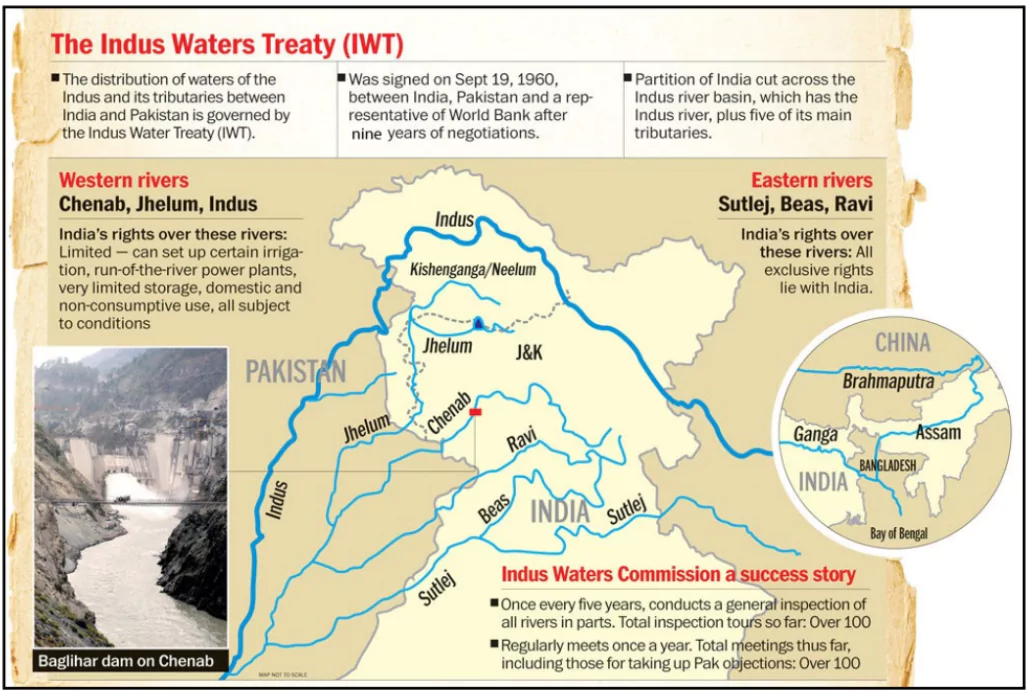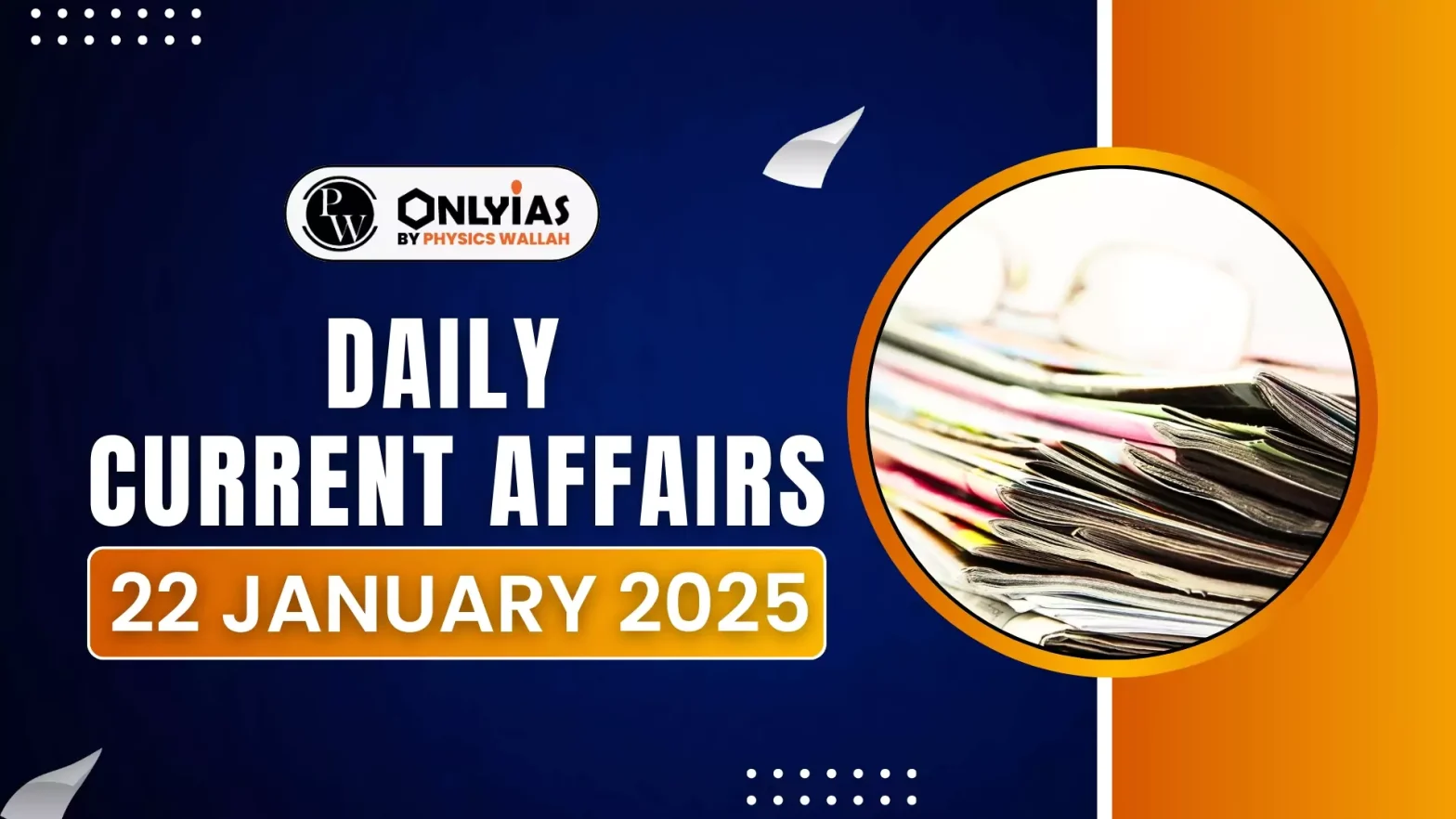The Neutral Expert (NE), Michel Lino, appointed under the Indus Water Treaty (IWT), declared himself “competent” to decide on technical differences between India and Pakistan regarding hydroelectric projects.
Key Highlights of the Appointment
- Neutral Expert’s Competence: The NE will address seven technical issues concerning Kishenganga and Ratle hydroelectric projects on the western tributaries.
- The NE clarified that his jurisdiction does not invalidate the existing Court of Arbitration (CoA) but limits its remit over these issues.
- India’s Stance: India argued that the IWT mandates disputes to follow a step-by-step resolution process, starting with the Permanent Indus Commission (PIC), then NE, and finally, CoA.
- India considered parallel mechanisms (NE and CoA) against treaty provisions and refused to participate in CoA proceedings.
- India welcomed the decision of NE appointment as it aligns with its interpretation of the treaty.
- Pakistan’s Position: Pakistan bypassed the PIC and sought a CoA directly in 2016, asserting compliance with the treaty.
- It has yet to respond to the Neutral Expert’s decision.
Enroll now for UPSC Online Classes

About the Indus Water Treaty (IWT)
- Origin: Signed in 1960, mediated by the World Bank.
- Rivers: Divides six Himalayan rivers:
- India’s unrestricted use: Eastern tributaries (Sutlej, Beas, Ravi).
- Pakistan’s use: Western tributaries (Indus, Jhelum, Chenab).
- Dispute Resolution Mechanism: Resolution via PIC. If unresolved, escalation to NE. The final step is CoA if both prior steps fail.
Key Disputed Projects on Indus
- Kishenganga Hydroelectric Project (330 MW):Located on the Jhelum River, Pakistan raised objections in 2006.
- Ratle Hydroelectric Project (850 MW): Located on the Chenab River, Pakistan questioned its design compliance with the treaty.
Significance of Neutral Expert Appointement
- Validates India’s interpretation that the NE can address technical issues without CoA intervention.
- Ensures a technical resolution process under treaty provisions.
- Sets a precedent for addressing future disputes between India and Pakistan.
Challenges in Resolving IWT Disputes
- Parallel Mechanisms: Pakistan’s bypassing of the step-by-step process.
- Lack of Agreement: Differing interpretations of treaty provisions.
- Geopolitical Tensions: Strained bilateral relations hinder cooperation.
Way Forward
- Revisiting the IWT: India has sought revisions to address current geopolitical and hydrological challenges.
- Strengthening Mechanisms: Ensure adherence to a stepwise resolution framework to prevent parallel processes.
- Bilateral Talks: Resumption of dialogue to address disputes and propose modern solutions under the treaty.
Check Out UPSC NCERT Textbooks From PW Store
Tributaries of Indus River
| Tributary |
Source |
States/Regions It Passes Through |
Joins Indus At |
| Sutlej |
Rakshastal Lake near Mount Kailash, Tibet |
Himachal Pradesh, Punjab |
Mithankot, Pakistan |
| Beas |
Beas Kund, Himachal Pradesh |
Himachal Pradesh, Punjab |
Joins Sutlej near Harike, Punjab |
| Ravi |
Bara Bhangal, Himachal Pradesh |
Himachal Pradesh, Punjab, Jammu & Kashmir (India), Punjab (Pakistan) |
Joins Chenab near Sarai Sidhu, Pakistan |
| Indus |
Tibetan Plateau near Lake Manasarovar |
Ladakh (India), Punjab and Sindh (Pakistan) |
Flows into the Arabian Sea |
| Jhelum |
Verinag Spring, Jammu & Kashmir |
Jammu & Kashmir (India), Punjab (Pakistan) |
Joins Chenab near Trimmu, Pakistan |
| Chenab |
Confluence of Chandra and Bhaga Rivers, Himachal Pradesh |
Jammu & Kashmir (India), Punjab (Pakistan) |
Joins Indus near Mithankot, Pakistan |
![]() 22 Jan 2025
22 Jan 2025


